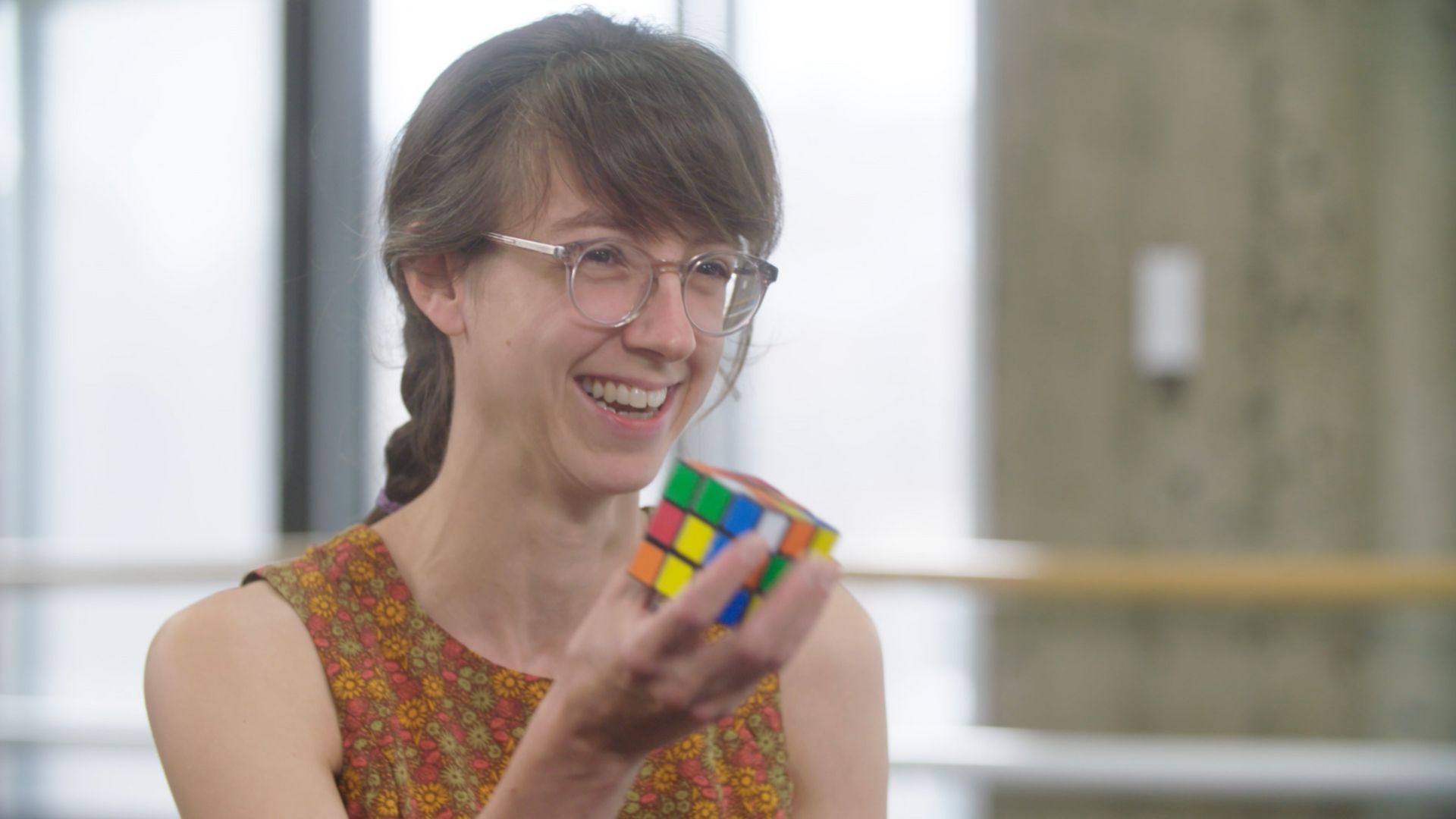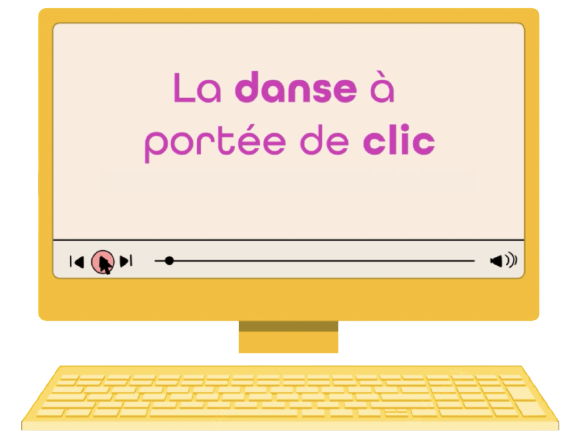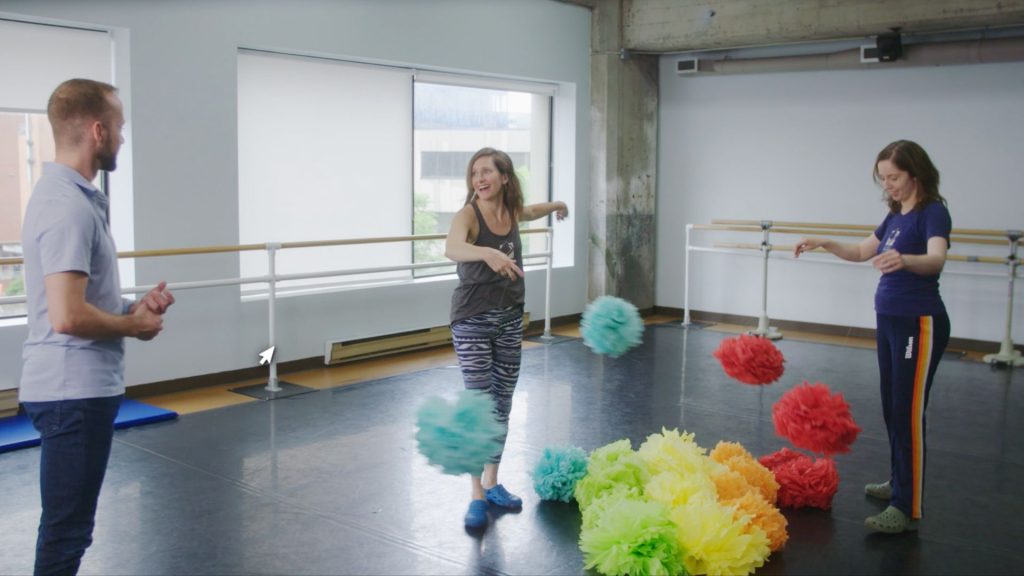Episode 1 - Digitizing dance

Share on social media
Follow us

- Advices from our experts
Scenic
Isadora

- Some concepts to explore
Isadora software makes it possible to control and process an image generated by up to four cameras, manage up to 16 video projectors, design complex and interactive video mapping for each projector, process all types of lighting (DMX and ArtNet), process sound from all microphones and speakers (depending on the connected sound cards), and integrate all types of sensors (Kinect and other 3D cameras included) to manipulate and generate 3D motion, process OpenGL language, and communicate with a large number of devices through the main WiFi and wired protocols (MIDI, OSC, Serie, TCP/IP, Arduino, among others). Isadora recently integrated teleperformance, artificial intelligence (Python) and live webcast tools.
Intermediate form of presence between copresence and strict absence. Derived from the Greek tele (at a distance, far off) and the Latin presens (presence), telepresence or remote presence refers to all devices the create a relationship in real time between two or more images of performers moving together without being physically copresent.
Learn more
In Quebec, the Society for Arts and Technology (SAT) developed SCENIC, a combination of teleperformance software and devices that makes it possible to bring together in image, sound and data several performers located in different theatres. To achieve this, these theatres must be equipped with the same SCENIC software. Several performers, each in one of these connected locations, can perform and appear at the same time on the same screen.
Technical and esthetic possibility to make remote artists move within the same image. To achieve interaction between several performers in real time, each artist must be able to send the sound and/or image to a remote point while receiving the sound and/or image of the other artists involved with a brief time lag. Some devices, such as Isadora software, are not only able to send images and sounds to several points around the world with a very brief time lag, but they also enable the simultaneous transmission of data to control the technical parameters of the performance (such as the lighting control protocol, DMX or ArtNet, or the sending of texts, sounds, camera control, and motion capture, among others.)
Augmented reality (AR) is the sum of all the technologies that make it possible to superimpose information (sound images and texts) in real time over the physical world surrounding its user. The principle involves combining and integrating the digital with the analog. Augmented reality intended for the general public began on smartphones as an aide to navigation and then became democratized with the enormous success of “Pokemon Go” for smartphones. The phone apps generally trigger the device’s camera, and, thanks to the combined activity of GPS and their Internet connection, they can merge the physical world and the digital world by linking them to one another. Today, augmented reality has entered the theatre world. Some dance pieces can take the form of apps and show the performers superimposed on the images that the phones give us from where we are located. The Quebec company Kondition Pluriel experimented with this in its creation Swarming Lounge.
Virtual reality (VR) is the sum of all the technological devices that make it possible to perceive and interact with audiovisual spaces, using a VR headset to navigate a parallel world in which the viewer is immersed. Unlike augmented reality, which adds different layers of information to our environment, virtual reality cuts us off from the physical world and transports us into a parallel world. We talk about virtual reality here because it enables us to see and hear and even interact with a world that is completely reconstructed digitally. The part of the Web that is heading in the direction of VR is known as WebVR.






